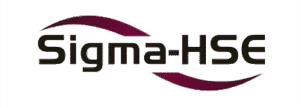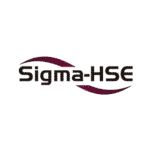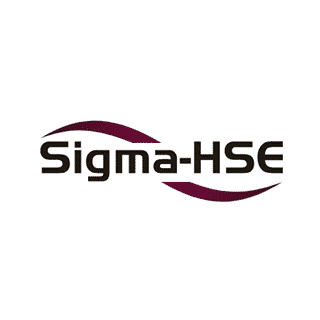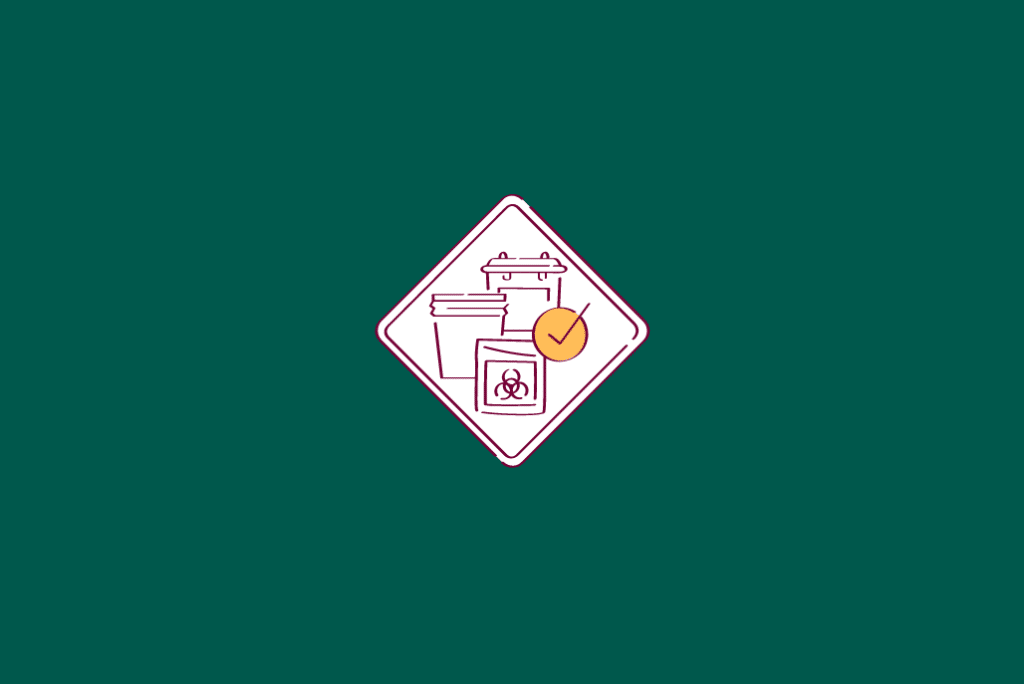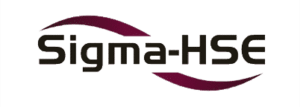A Comprehensive Guide to Periodic PSM Audits in Facilities
A periodic PSM audit assesses a PSM program’s effectiveness and regulatory compliance. This audit involves reviewing documentation, operating, maintenance, and emergency procedures, training programs, incident reports, and documents supporting the 14 elements of the PSM program to verify compliance and identify opportunities for improvement.
Per OSHA 1910.119, the Process Safety Management (PSM) program mandates regular audits at least every three years, conducted by an individual with expertise in PSM, possessing the necessary knowledge to effectively evaluate and assess compliance and the program’s overall effectiveness.
The Periodic Process Safety Management (PSM) audit is a critical process aimed at validating facility adherence to procedures and ensuring regulatory compliance. In this article, we delve into not only the primary objectives and evaluation of the 14 elements of process safety but also emphasize how the PSM audit process, encompassing documentation review, on-site assessments, and post-audit analysis, assists in safety compliance and continuous improvement in industrial processes. Additionally, we highlight the pivotal role Key Success Factors play in assessing the effectiveness of an organization’s PSM system and identifying critical elements contributing to desired outcomes and goals in process safety.
Primary Objectives
The audit’s primary objective is to demonstrate the adequacy and adherence of the facility’s PSM procedures and practices. PSM audits help verify the organization is following the appropriate regulations, identifying any areas where improvements can be made, and providing recommendations.
Checking compliance: The audit confirms that the organization is adhering to OSHA 1910.119. It verifies that all necessary elements of PSM are in place and are being properly executed.
Finding weaknesses: The audit assists in uncovering weaknesses or shortcomings in the organization’s PSM program. This might involve gaps in documentation, training programs, and inadequate maintenance practices.
Assessing risks: The audit evaluates the effectiveness of the organization’s risk assessments.
Reviewing documentation: During the audit relevant documents, records, and procedures are examined to ensure their accuracy, completeness, and effectiveness. The goal is to verify if the documented practices align with written procedures.
Employee engagement: The audit assesses the level of employee involvement in the process safety management (PSM) system. It evaluates whether there is communication, training opportunities, and active participation in process safety activities.
Following each audit, a comprehensive report must be issued, documenting any findings observed. In response to these findings, a detailed plan of action is required for resolution. Additionally, the facility is obligated to maintain the two most recent audit reports as part of its Process Safety Information, subject to further review in subsequent audit cycles and in the event of on-site incidents.
Evaluation of the 14 Elements
The audit of the Process Safety Management (PSM) program encompasses the thorough evaluation of 14 essential elements. The 14 elements of PSM are defined by the Occupational Safety and Health Administration (OSHA) in the U.S. and serve as a guideline for managing process safety hazards.
As part of the evaluation process, auditors usually examine documentation, conduct interviews with employees, observe operations, and inspect facilities to evaluate compliance and effectiveness. These findings are crucial in identifying any areas that may need improvement or have shortcomings within each element of the PSM program.
These elements include:
- Employee Participation: Involves actively engaging employees in developing and implementing PSM programs. This includes training, communication, and establishing mechanisms for employees to provide input on safety issues.
- Process Safety Information: Requires maintaining comprehensive information about the chemicals, technology, and equipment used in the processes. This information forms the basis for analyzing and managing the associated hazards.
- Process Hazard Analysis: Involves systematically evaluating the potential hazards of processes to identify, assess, and control risks. PHA methods include techniques like HAZOP, HAZID, What-If, and Bow-Tie Analysis.
- Operating Procedures: Focuses on developing and maintaining clear and effective written operating procedures to ensure that processes are operated safely. This includes emergency shutdown procedures and startup/shutdown sequences.
- Training: Employees require providing training for all employees involved in operating or maintaining a process, ensuring they have the knowledge and skills to perform their tasks safely.
- Contractors: This involves ensuring that contractors and their employees know the hazards associated with the processes they will be involved in and follow safety procedures.
- Pre-Startup Safety Review: Requires conducting a thorough safety review before introducing a new or modified process to ensure that it is safe to operate.
- Mechanical Integrity: Involves establishing and maintaining procedures to ensure the ongoing integrity of critical equipment and preventing equipment failures that could lead to the release of hazardous substances.
- Hot Work Permit: Requires implementing a permit system to control and authorize hot work (tasks such as welding or cutting) to prevent fire or explosion hazards.
- Management of Change: Involves a systematic process for managing changes to processes, technology, equipment, and facilities to prevent unintended consequences on the health and safety of employees.
- Incident Investigation: Requires conducting thorough investigations of incidents to identify root causes and contributing factors and implementing corrective actions to prevent recurrence.
- Emergency Planning and Response: This involves establishing and maintaining an emergency action plan to address potential emergencies, including communication, evacuation, and response procedures.
- Compliance Audits: Requires conducting regular audits to assess the compliance of processes with applicable regulations and standards.
- Trade Secrets: This involves protecting trade secrets while still providing adequate information to employees and contractors to ensure the safe operation of processes.
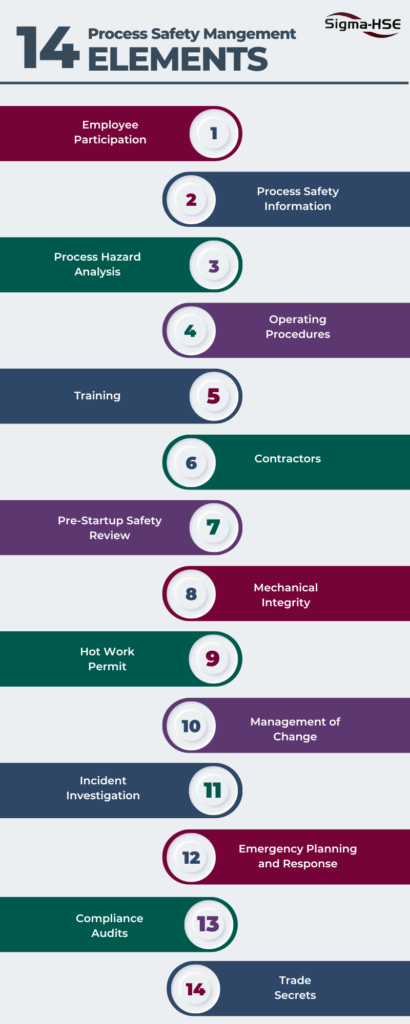
Why Perform a Periodic PSM Audit?
Performing periodic PSM audits is crucial for promoting a proactive approach to process safety management, identifying, and addressing potential risks, and continuously improving safety practices within an organization.
Meets CFR 1910.119(o) Requirement: Performing and certifying audits at least every three years is mandated by CFR 1910.119(o) for facilities governed by the Process Safety Management (PSM) program. This regulatory adherence ensures that facilities meet legal obligations and standards.
Opportunity Identification within the PSM Program: The audit process goes beyond regulatory compliance by identifying opportunities for improvement within the PSM program. It serves as a proactive means to enhance operability, manage risks more effectively, and simplify processes.
Documentation for Management and Funding: Audits act as documentation tools for management, assisting in securing capital funding for addressing identified improvements. This documentation demonstrates a commitment to continuous improvement beyond mere compliance.
Sharing Best Practices Across Facilities: Successful approaches identified during audits can be documented and shared across facilities. This sharing of best practices fosters efficiency and effectiveness by implementing proven strategies organization-wide.
- Addressing Common Issues Across Facilities: If common issues are identified across multiple facilities, audit results become the foundation for company-wide initiatives. This collective approach optimizes resource allocation, ensuring uniform addressing of identified issues and prioritizing actions.
- Demonstrating Due Diligence to Stakeholders: The audit process serves as proof of due diligence to management, authorities, and the public. It demonstrates that identified risks are being appropriately addressed and processes are actively managed, fostering trust and accountability.
- Establishing a Culture of Continual Improvement: Beyond meeting regulatory requirements, the audit process establishes a culture of continual improvement and risk management within the organization. It promotes a proactive approach to identifying and addressing challenges for ongoing operational excellence.
Periodic Audit - Contributors
The contributors in a PSM audit provide valuable input, insights, and expertise to enhance the effectiveness and thoroughness of the audit. They help ensure that different perspectives are considered and a broader range of expertise is tapped into.
This can lead to a more comprehensive and meaningful review of the organization’s process safety management system, helping to identify areas for improvement and drive continuous improvement efforts. Contributors may include various stakeholders within and outside the organization, such as:
Key Contributors
- Audit Team: The core group responsible for conducting the audit.
- Personnel Responsible for Site PSM Program: Individuals owning different elements of the PSM program, ensuring their availability to the audit team during the on-site audit.
- Site Management: Facilitates access to individuals, areas, and documentation on-site, aiding in a smooth audit process.
- Operations and Maintenance Representatives: Invaluable insights come from those implementing procedures and doing the work; their input is crucial for understanding the practical aspects of the PSM program.
Auxiliary Contributors
- Corporate Representation: Depending on the site and company, having corporate representation adds a broader perspective.
- Additional Site Personnel: Additional site personnel might be needed for specific aspects; their presence can be tailored based on their expertise, ensuring efficient use of time during the audit.
Periodic PSM Audit
The PSM audit is typically organized into distinct stages, starting with preparatory work that involves a comprehensive review of documentation, followed by the on-site audit phase, where assessments are conducted through interviews, observations, and document verification. Post-audit activities entail the analysis of gathered information, and finally, a detailed audit report is generated to summarize findings and provide recommendations for enhancing process safety.
This multi-stage approach is fundamental in identifying potential hazards, ensuring compliance with safety protocols, and fostering continuous improvement in the field of process safety within industrial operations.

1. Preparatory Work
Before conducting the PSM audit on-site, it is crucial to gather available documentation. This includes:
- Hot Work Permits: Ensuring records are available for any hot work performed, showcasing adherence to safety protocols during activities involving open flames or high temperatures.
- Management of Change: Detailing major changes from initiation through hazard review, ensuring technical acceptability without altering risk scenarios, up to implementation and commissioning.
- Incident Investigations: Providing records of incidents since the last audit, along with a thorough incident investigation process, including root cause analysis, interviews with affected personnel, recommended corrective actions, and tracking of these actions for both personnel and third-party contractors.
- Training Records: Providing training records not only for site personnel but also for any third-party contractors working on-site, ensuring comprehensive documentation of training programs.
- Pre-Startup Safety Reviews: Documenting the process for modifications or shutdowns requiring startup safety reviews, demonstrating meticulous checks before restarting equipment.
- Equipment Inspections: Maintaining records supporting the mechanical integrity program, ensuring regular inspections, and documentation of quarterly or annual equipment checks with checklists or inspection reports.
- Preventative Maintenance Records: Documenting the PM program in place, showcasing adherence to OEM or RAGAGAP standards, with records easily reviewable to validate the maintenance of equipment as per required standards.
- Previous PHA reports and PSM Audit reports: Providing the audit team with reports from the last two cycles of Process Hazard Analysis (PHA) and Process Safety Management (PSM) audits before their on-site visit. This enables them to familiarize themselves with the site’s history, allowing for better planning and strategizing for the upcoming audit, and ensuring a more informed and efficient assessment process.
Allowing the audit team to review this documentation before the on-site visit supports a focused and efficient audit process, maximizing the value gained from their time on-site. This preparation helps the audit team be well-informed, facilitating discussions with operators and site personnel during the audit.
Once the required documentation has been received, the audit team will review it thoroughly and determine if any further on-site documentation needed. Ample time between the documentation request and the site visit allows the team to identify areas for focus and assists in a comprehensive assessment.
2. On-Site Visit
During an on-site PSM audit visit, several key points are typically addressed including:
Facility Walkthrough: The audit begins with a physical walkthrough of the facility to observe and evaluate its physical conditions, equipment, systems, and processes.
Documentation Review: The auditor thoroughly reviews the process safety management program documentation and verifies the adequacy, comprehensiveness, and effectiveness of the implemented processes.
Observation and Interviews: Interviews are conducted with personnel at different levels of the organization, including management, operators, maintenance staff, and health and safety personnel.
Compliance Verification: Compliance with OSHA’s Process Safety Management Standard (29 CFR 1910.119) is verified and compliance with industry standards, consensus codes, and best practices is also evaluated.
Emergency Preparedness: The auditor evaluates the organization’s emergency response procedures and preparedness for responding to process safety incidents, accidents, or releases. This includes assessing emergency drills, training programs, communication protocols, and emergency equipment readiness.
Management Systems Evaluation: The effectiveness of the organization’s process safety management systems is evaluated by reviewing the management of change processes, incident investigation procedures, employee training programs, internal audits, and management of safety-critical equipment and safeguards.
Audit Worksheet
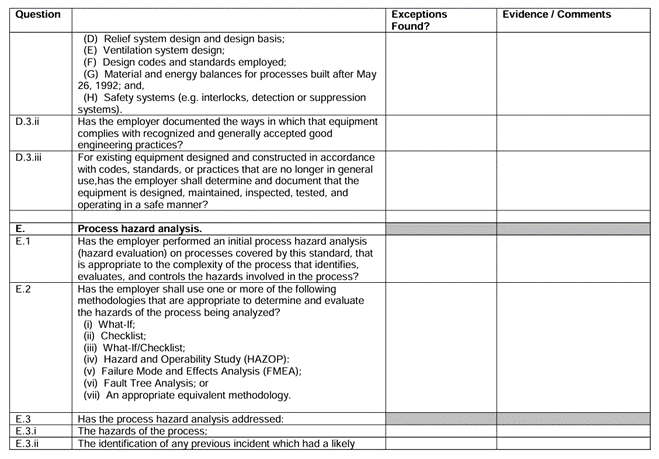
From osha.gov (08_PSM_Auditing_Checklist)
This example of an audit worksheet, based on OSHA’s 1910.119 standard, provides fundamental questions to assess compliance. The purpose of an audit worksheet is to serve as a structured tool for organizing and documenting the audit process. It provides a systematic approach to examining and assessing various elements of a company’s process safety management system.
The audit worksheet prompts questions as to whether there are deviations from desired practices and provides a space for documenting evidence or comments.
3. Post-Audit Activities
Post-audit activities are undertaken to ensure that the necessary actions are taken based on the findings and recommendations of the audit. These activities are essential for closing the loop and driving improvement in the audited PSM program.
Audit Report Preparation: Initiate the post-audit phase with the audit team drafting a comprehensive report detailing on-site observations.
Findings Tracking Register: Implement a system to track and manage audit findings. This could align with existing processes like PHA action item tracking or may involve a separate, dedicated document or software program. The key is to ensure findings are easily accessible for follow-up.
Findings Close-outs: After addressing identified issues, thoroughly document the actions taken. Whether it’s updating a procedure or rectifying a deficiency, maintaining clear documentation is vital.
Maintain for the Next Two Audit Cycles: Keep a record of findings and close-outs for at least the subsequent two audit cycles to ensure that past findings contribute to ongoing improvement efforts. It also allows for the removal of information that is no longer relevant, keeping the documentation focused and relevant.
Audit Report
The audit report provides a detailed summary of the findings, observations, and recommendations identified during the audit process. This report serves as a valuable tool for the organization, allowing them to gain insights into the effectiveness of their process safety management program, identify areas for improvement, and prioritize the implementation of corrective actions to prevent process safety incidents.
Typical contents of the Periodic PSM Audit report include:
- Introduction: Provides an overview of the report’s purpose and scope.
- Process & Facility Description: Details the specific processes and facilities under examination.
- Documentation Analyzed: Enumerates the documentation scrutinized during the audit, offering a sample to substantiate findings.
- Methodology: Outlines the approach employed, including an initial document review and on-site interviews with personnel from relevant departments. This transparent methodology aids external parties in understanding the identification of findings.
- Contributors: Identifies key contributors, notably management personnel, and to ensure anonymity, uses generic titles like process operator and maintenance technician. This safeguard promotes open and honest feedback during the audit.
- Audit Recommendations: Presents the identified findings and associated recommendations stemming from the audit process.
Key Success Factors
Key Success Factors help determine the effectiveness of the organization’s process safety management system. These factors identify the critical elements or areas that contribute to achieving the desired outcomes and goals of process safety.
- Accuracy and Availability of Documentation: The efficacy of an audit is heavily reliant on the accuracy and ready accessibility of documentation. Mismatched or outdated procedures hinder the audit’s value, emphasizing the importance of aligning provided documentation with on-site practices.
- Experience and Skills of Audit Team: Assembling an audit team with diverse skills is vital, including at least one senior member with extensive audit experience. A seasoned member can identify potential issues, distinguish standard practices from deviations, and offer practical solutions, ensuring a thorough and effective audit process.
- Technical Skills & Insights of Contributors: The technical proficiency and insights of contributors, particularly experienced personnel, significantly influence the quality of information gathered during the audit. Green operators may lack the depth of knowledge compared to seasoned maintenance experts, impacting the level of detail and accuracy in their responses.
- Duration Available for Preparation of Audit: Adequate planning time is crucial for a successful audit. Rushing into an audit without proper preparation jeopardizes the thoroughness of document reviews and on-site activities. Planning well in advance allows for a comprehensive approach, minimizing the risk of oversight.
- Schedule of Audit: Scheduling the audit at a strategic time is key to its success. Avoiding periods of high workload or vacation months ensures that the audit team operates at full capacity and that site personnel can fully engage without distractions, maximizing the effectiveness of the audit.
- Ability of Contributors to Provide Honest Answers to Questions: The ability of contributors to provide candid responses is foundational to the audit’s purpose. Anonymity for contributors, especially operational personnel, encourages open communication and ensures that truthful insights are gathered. The focus is not penalizing but rather on identifying opportunities for improvement and addressing potential issues proactively.

